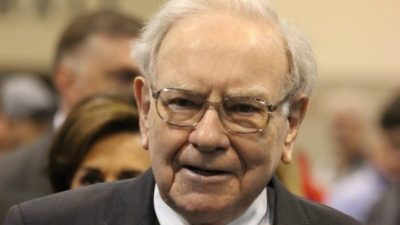The Australian share market is a great place to generate a second income.
Investors can make investments in high-quality companies and then just sit back and let compounding do its thing.
In time, this simple strategy has the potential to line your pockets with a healthy second income without lifting a finger.
How to earn a second income with ASX shares
Let's imagine you've just turned 21 and are working full-time.
If you can afford to make automatic contributions of $100 a month to an investment portfolio, then based on the average return over the last 30 years of 9.6%, you would have approximately $20,000 in 10 years.
Hopefully, by this point, your wage has improved and you have more disposable income to play with.
So, at age 31, let's increase our contributions to $500 a month. Based on historical returns, this would grow your portfolio to $150,000 after a further 10 years.
At this point, you have two options. You can keep going with your contributions to build an even larger portfolio or you can switch your focus to income.
Earning $600 a month
To generate a $600 second income each month you will need the equivalent of $7,200 per year in dividends.
The good news is that 5% dividend yields are not hard to find on the Australian share market.
If you were to rebalance your $150,000 portfolio so that it averaged a 5% yield, you would earn $7,500 in dividends each year. This equates to $625 each month if you distribute it evenly.
But the journey doesn't necessarily end there. Theoretically, your portfolio could still grow by 4.6% per annum after dividends each year based on historical returns.
If this were to happen, in another 10 years your portfolio would have grown to be worth $235,000.
Earning a 5% dividend yield on this portfolio would result in almost $12,000 of dividends each year, boosting your monthly second income to approximately $1,000.
Keep going another 10 years and you will have a $370,000 portfolio and over $18,000 of annual dividends or $1,500 of monthly income.
Clearly, it can literally pay to make long-term and patient investments in ASX shares.









